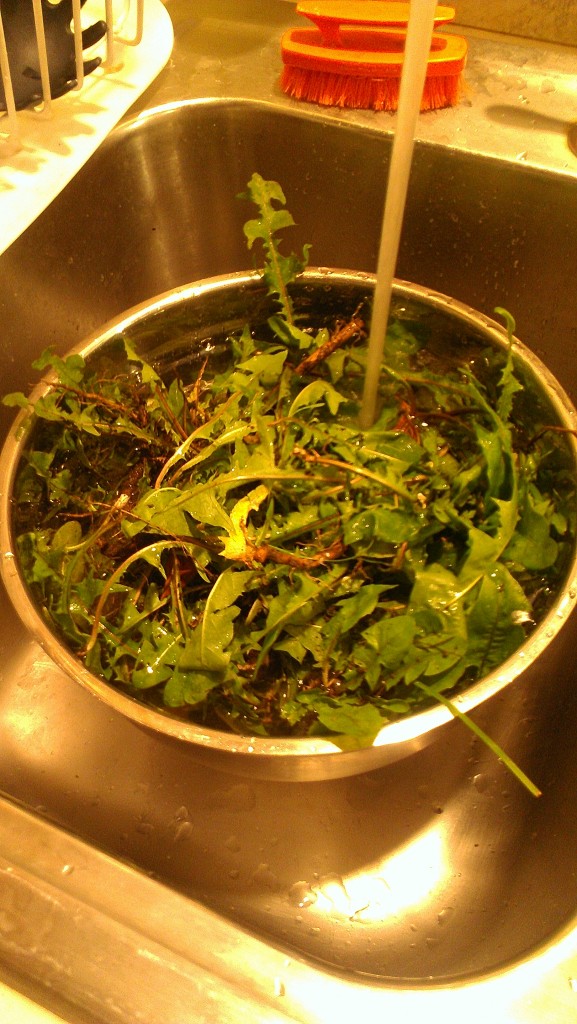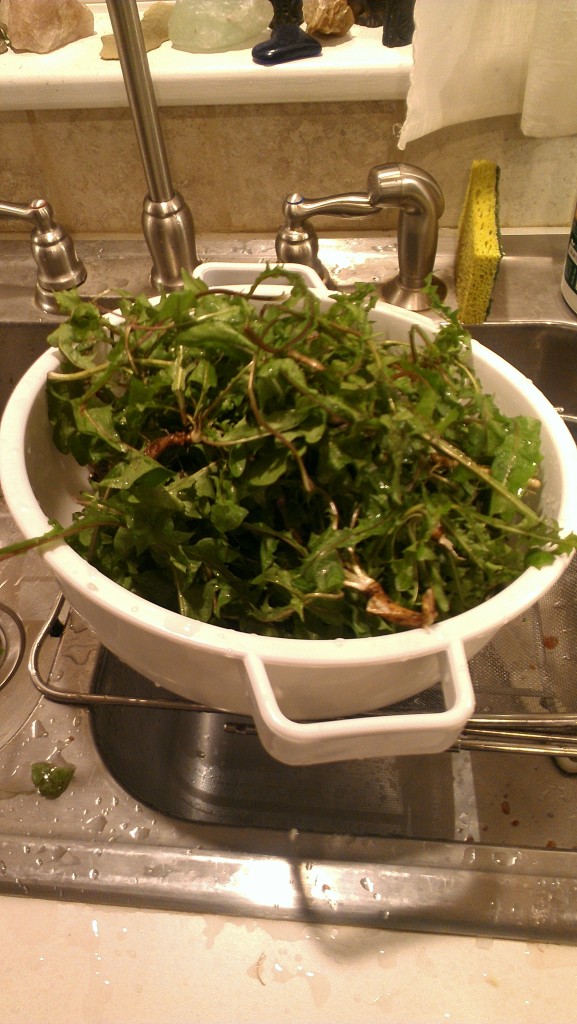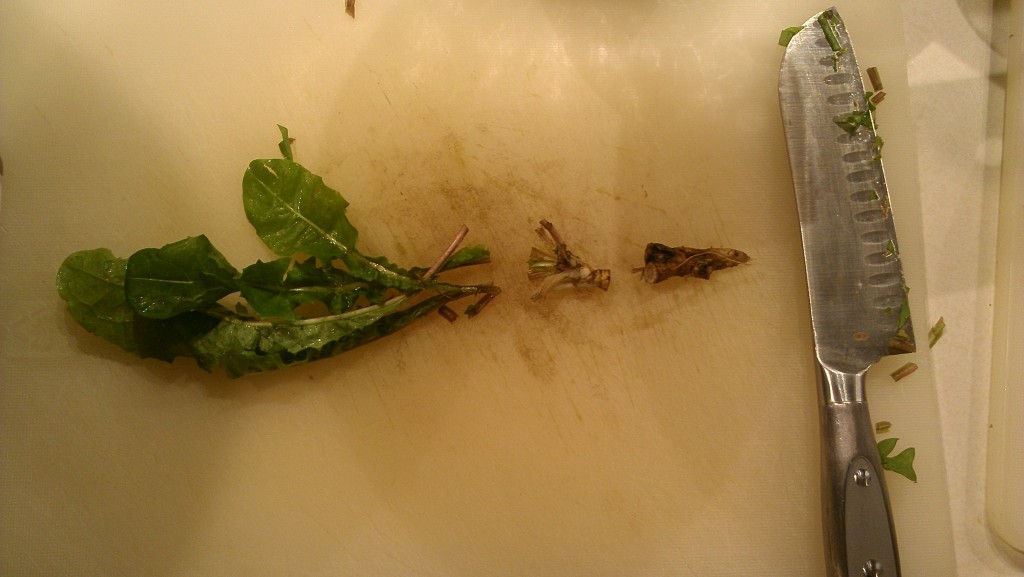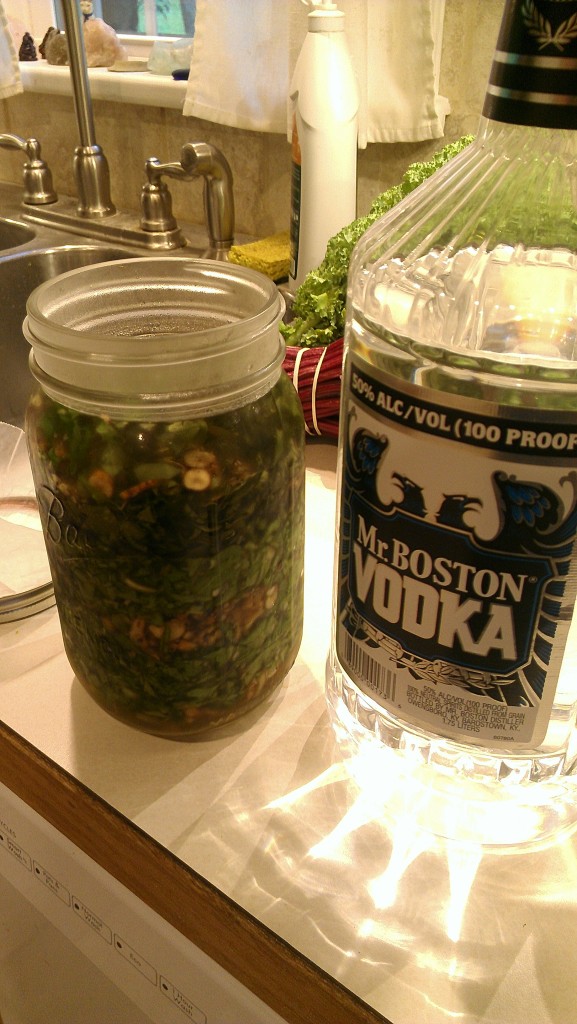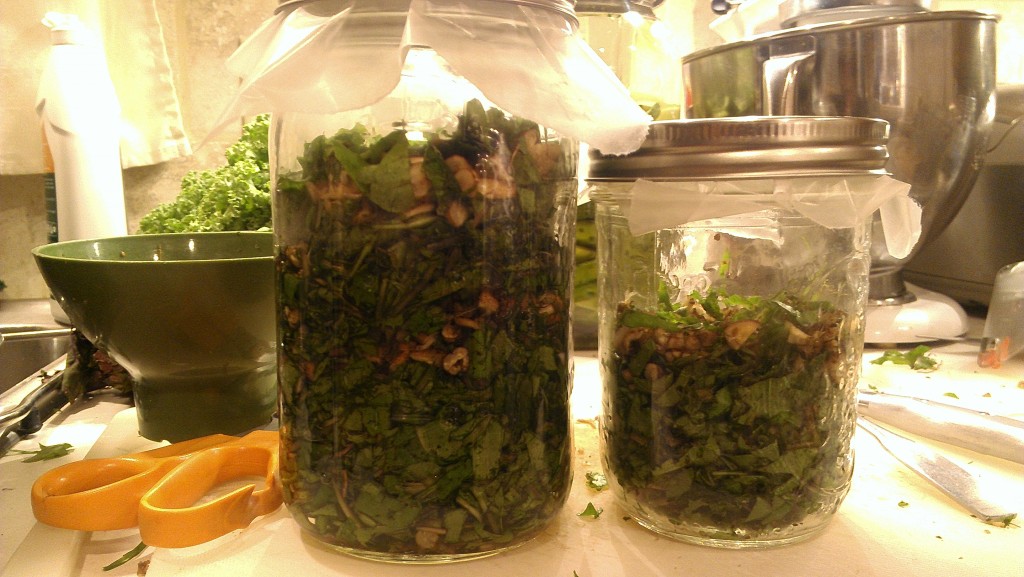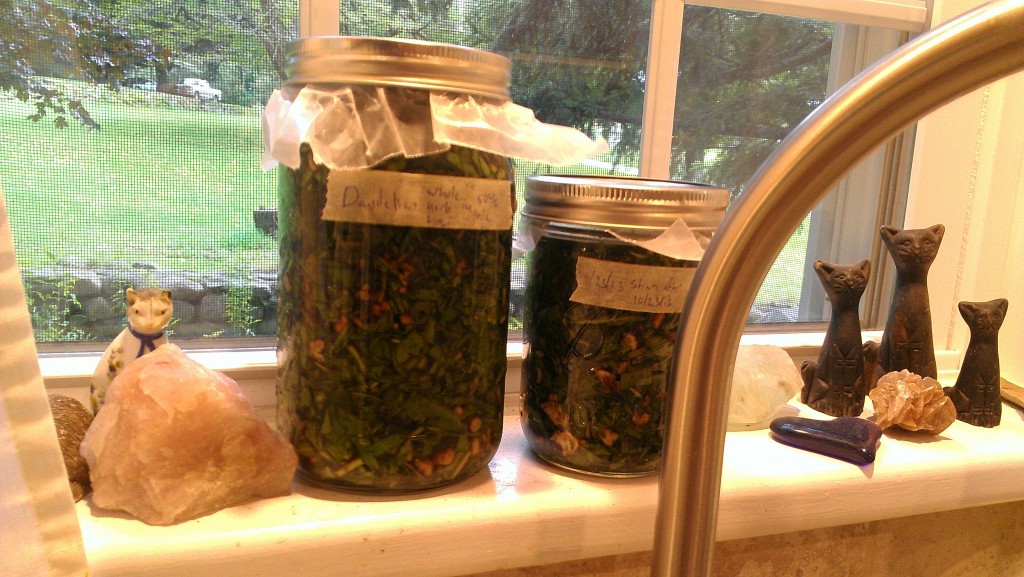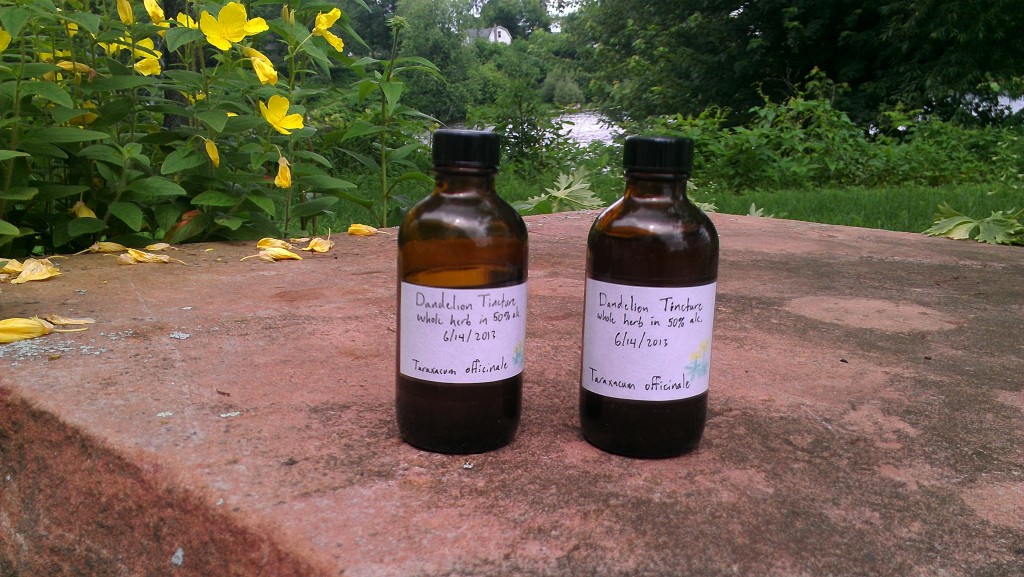Everyone knows you’re supposed to buy a metronome if you’re going to be a musician. It’s one of those pieces of wisdom that passed into our culture as an article of faith. Music teachers will all tell you to get one, but we rarely offer much help in terms of how to use them effectively.

I’d like to start by talking about how people tend to use metronomes most of the time. Most people use metronomes in ways that don’t guide them toward good performance, so they don’t get much value from the practice. We’ll look at why it doesn’t help much, and then we’ll talk about what actually works.
What are metronomes good at doing?
Metronomes are good at exactly one thing: setting a steady beat that isn’t affected by the player. The simplest metronomes just tick at various speeds, and while fancier ones can play different sounds on different beats, articulate different rhythms, etc., the basic purpose is still the same. They are designed to provide an external stimulus that shows us where steady time is. They’re a temporal reference.
Electronic metronomes do this job really well. People disagree about whether mechanical metronomes are less accurate; I stick with electronic ones because I trust their mechanism. Assuming it’s in good repair, your metronome’s opinion of time is pretty accurate, and therefore you can rely on it.
Whatever speed you tell your metronome to click, it’s going to do it. Mindlessly, perfectly, without variation, forever, until you give it a different command. It’s reliable. Trust it.
What are metronomes bad at doing?
Metronomes provide a reference. Think of them like graph paper, where each tick of the metronome is like one square of graph paper. They can help you to play evenly (sort of like graph paper helps you to draw evenly), but they can’t force you. All they do is show you where the time is; after that, it’s up to you.
More to the point, a metronome is not a coach. It doesn’t know why you’re practicing, what you’re trying to accomplish, how skilled you are, or anything else. It just does what it’s told to do, clicking away indefinitely. It’s a useful tool, but the intention and care need to come from you. The metronome is just a guide.
The metronome also can’t make you listen to it. If you stop paying attention to the clicks, the metronome can’t get you back. We need your brain for that.
What are we trying to accomplish with the metronome?
Music is about the relationship between sounds and time. The better you understand time, the better you’ll be able to speak the language of that relationship, and the better you’ll sound. When we talk about musicians with good rhythm, usually we mean people whose playing is precise in relation to time (different genres address this concept differently, but it’s there in all the styles I’ve studied, from jazz to piobaireachd to gamelan to opera). It stands to reason that if you don’t have a good sense of time, you’re not going to place notes with precision, and your playing will suffer.
So, most of us are trying to use metronomes in service of rhythm. Maybe it’s needing to play a difficult passage at 165 beats per minute (bpm) in a bluegrass session, or it’s about Alberti bass in a quick harpsichord piece, or it’s about fitting drum fills into the right spot, or it’s about getting that reel to swing at dance tempo. We know we need to be “in time”, so we set the metronome at performance tempo, take a deep breath, and fire on.
An example – The Torn Jacket
I recorded a quick example of how this sort of metronome practice (set metronome to concert tempo; play the piece) tends to go. It’s on mandolin, which I’ve played for almost three months. I’m playing an Irish reel called The Torn Jacket here, and since I intend to play it for contra dancing at 118 bpm, that’s where I’ve set the metronome. Once you’ve listened, keep reading.
Done listening?
Let’s analyze that!
What did you think of my performance? Was it musical? Pleasing? Competent?
Or was it painful, out of time, rushed, and generally pretty awful? I know how I’d answer.
What’s going on there? I’m a competent musician, and although I’m new at mandolin, I’m not that bad. What happened?
The biggest factor is that I’m trying to play at a speed that’s just not realistic for me right now. Although I’ll eventually play this tune at dance tempo, I’m just not ready for it right now: I don’t have the tune under my fingers, and I’m not skilled enough at mandolin to handle it at that speed.
In terms of measurable things, what went right and what went wrong in that practice session?
Right:
- I got through the tune, mostly. At 118 bpm, which is performance tempo!
- I practiced.
Wrong:
- My beats didn’t line up with the metronome, which means I was wrong.
- The subdivisions of my beats (my eighth notes) didn’t line up with the metronome, which means I was wrong.
- I often stopped listening to the metronome because I was concentrating so hard on what I was playing.
- I gave different amounts of time to notes with the same rhythmic value because I was alternately rushing and lagging behind.
- I produced very poor tone on the instrument.
- I got frustrated (did you hear the heavy sigh?) and I didn’t enjoy playing.
- My hands got very tense, and my neck and arms did too.
The critics would boo me off the stage if I played like that in public. But this was just a practice session. Let’s suppose I spent an hour practicing like that. Was it valuable?
Let’s reinforce some bad habits!
Practicing like that is worse than useless. Practice makes permanent, not perfect, and all I’m doing like that is forming bad habits that will last forever.
Every time I practice this tune, my brain is forging neural connections that will last. My brain is doing its job, just like the metronome: it’s memorizing what I did, comparing it to other experiences, and making sure I can repeat it next time. Practice it enough times and I’ll be able to do it from memory, without even really thinking about it.
Unfortunately, when I practice like this, I’m setting myself up for bad playing, pain, and injury long into the future, because I’m learning it as this stressed out, uneven cacophony that’s lurching along, out of control, and not fun at all. Even worse, I’m working so hard to fit the notes in that I’ve trained myself to stop listening: to myself, to the metronome to anything. I’ve stopped listening, and that’s bad news.
Yet this is how most of us were taught to use metronomes.
We know the piece needs to be at 118 bpm, so it seems to make sense to use the metronome to measure whether we’re there yet. But if we’re just learning the tune, it’s unlikely that we can play it at dance tempo, so we fail. We try again, and we fail again. And again. Maybe we admit defeat and slow the metronome down a little bit, feeling bitter shame as we set it for something “easy” like 100 bpm. Even if we manage to play the piece at the slower tempo, the knowledge of that 118 bpm failure sticks with us. Is it any wonder that people don’t like practicing, when ‘practicing’ is just shorthand for ‘failing repeatedly’?
If the purpose of practice is to improve our playing, we need a different approach. We need to get away from using the metronome to measure how fast we can play and start using it as a tool to guide us toward good performance. In the second half of this article, that’s what I’ll address.
Check back soon to read the second half of the article!
Questions or concerns? Leave a comment, please!

